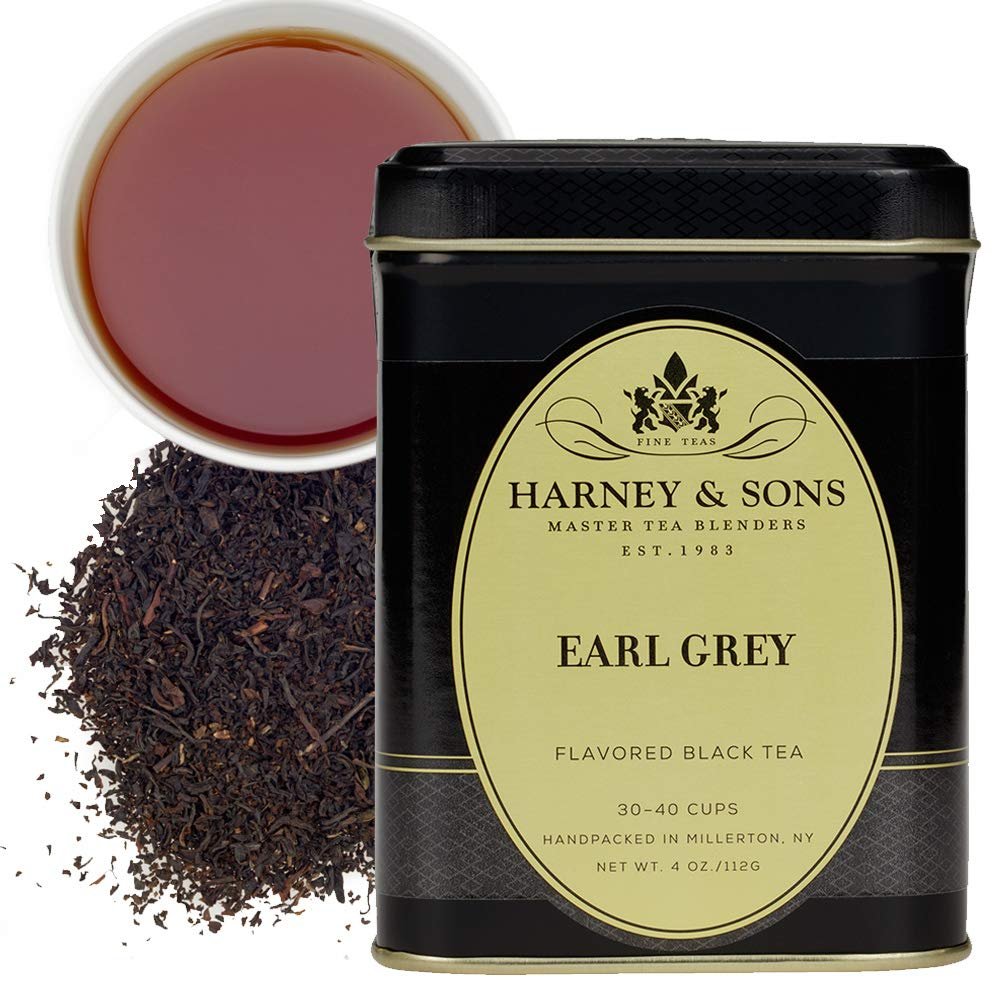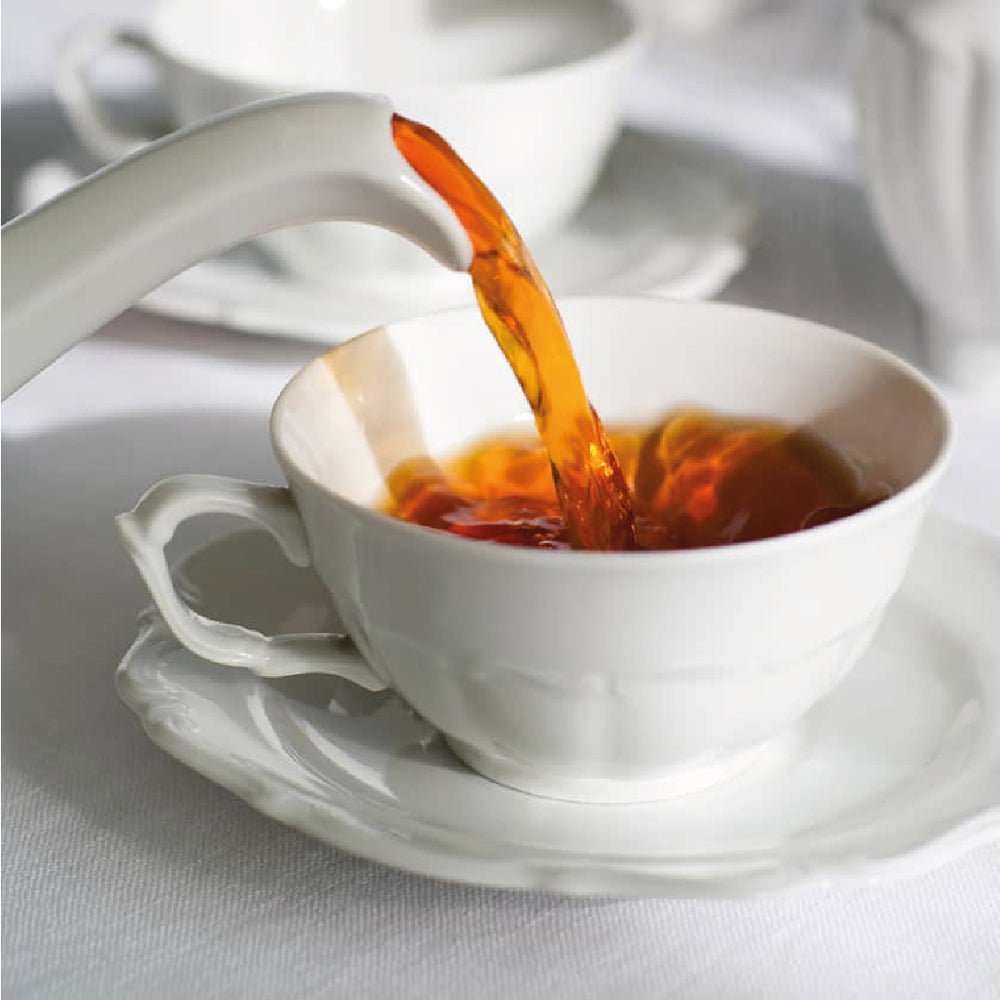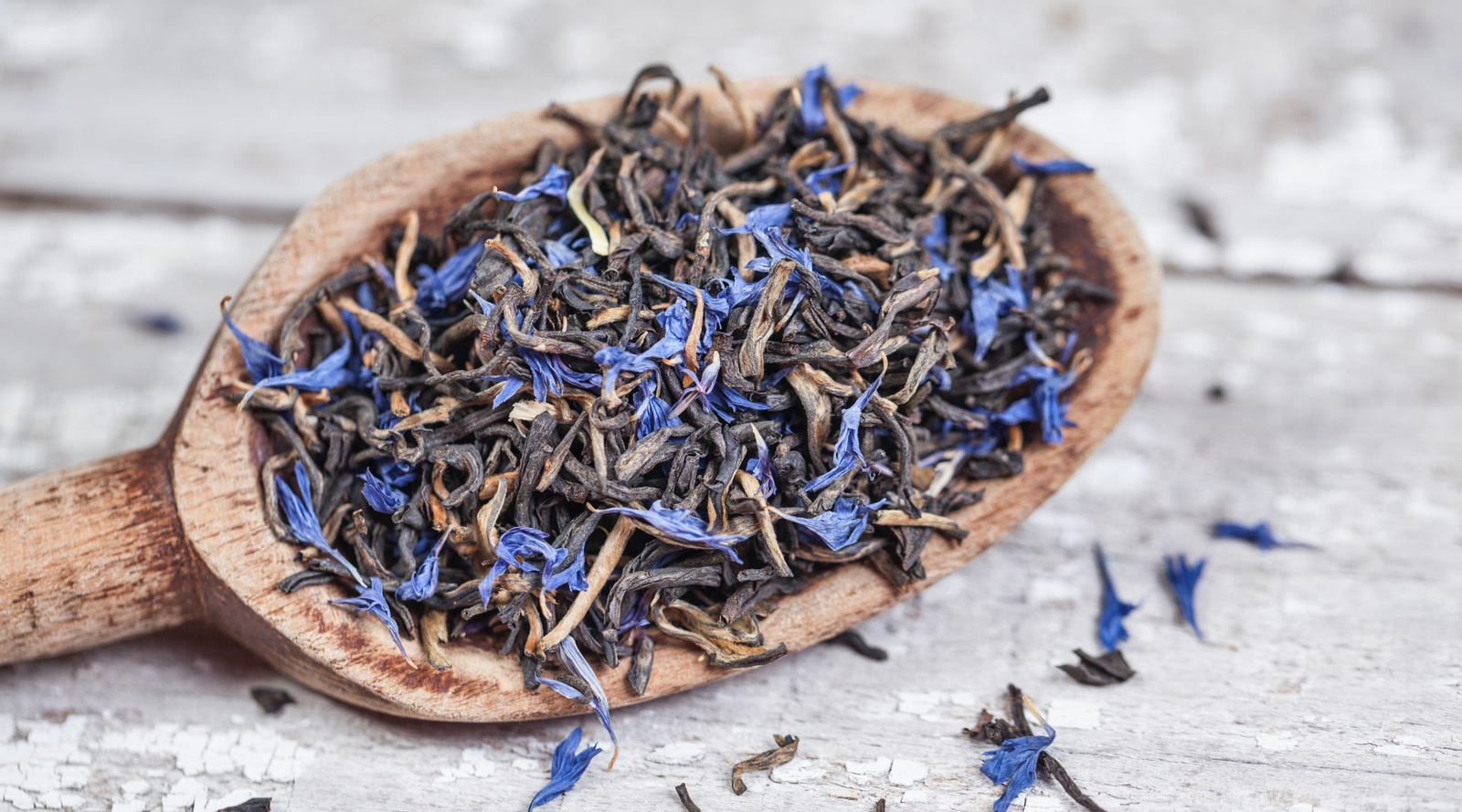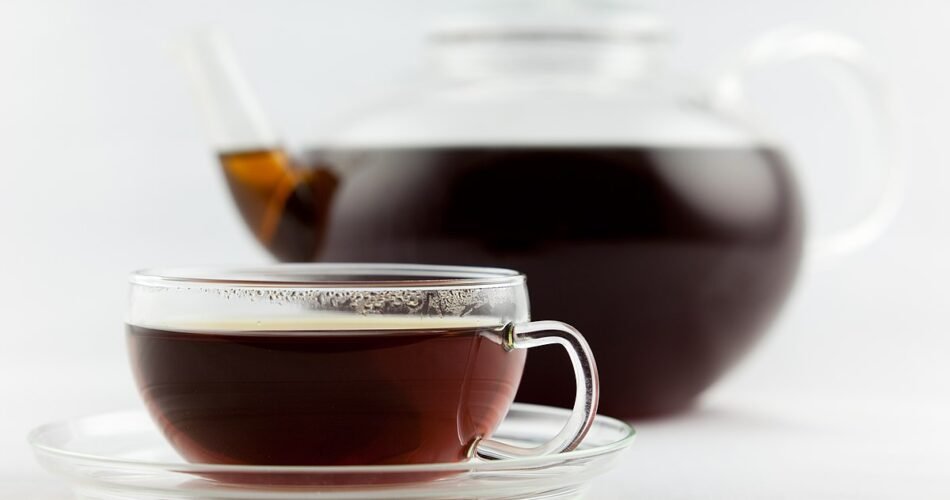What does Earl Grey Tea taste like? This is a question that many curious tea enthusiasts, potential converts to the ranks of Earl Grey devotees, and even seasoned drinkers often ponder. As a drinker myself, I’ve had the pleasure of enjoying many cups of Earl Grey and introducing its unique flavor profile to others. So, let me take you through the real story behind the taste of one of the world’s most famous teas.
What Is Earl Grey Tea?
Earl Grey Tea, named after the 19th-century British Prime Minister, Earl Charles Grey, is a blend of black teas that’s flavored with the oil of bergamot, a fragrant citrus fruit from Italy. The traditional base of the tea is usually a strong black tea, like a bold Assam or a more delicate Ceylon. The addition of bergamot oil adds a distinctive floral and citrus note. The tea originated in England but has since spread across the globe, becoming one of the most recognizable flavored teas on the market.
What Does Earl Grey Tea Taste Like? The Answer
When I first tried Earl Grey Tea, the taste was unexpectedly bright and bold. The robust nature of the black tea provided a rich and malty base that was immediately apparent. Following closely was the unmistakable top note of bergamot, which is similar to orange but more complex, with floral hints that dance on the tongue and a sharp, almost spicy edge. It’s a harmonious balance of strength and fragrance that is surprisingly refreshing for a black tea.
People wonder what Earl Grey Tea tastes like because its pronounced flavor is unlike other traditional black teas. The bergamot oil marks the forefront of its uniqueness, and often, the sensation of its taste lingers in the mouth long after the last sip. This lingering quality, along with its aroma, makes the inquiry into its taste an intriguing one for those unfamiliar with it.

Variations in Taste of Earl Grey Tea
The taste of Earl Grey Tea can vary depending on where it is produced and which tea leaves form its basis. For instance, the Earl Grey I’ve tasted from India had a stronger, more assertive black tea flavor, while ones from China tended to be smoother and more subtle. Even within the same region, variations occur due to differences in the production process, harvest time, and the ratio of bergamot oil to tea.
Seasonal changes can also influence the flavor of Earl Grey. Teas harvested in the spring often have a lighter, more floral taste, while autumn teas can have a fuller, more rounded flavor. These subtle shifts can accentuate different aspects of the bergamot taste, and for the true enthusiast, it becomes an invigorating chase for the perfect cup.
Nutritional Benefits of Earl Grey Tea & Impact on Taste
The health benefits of Earl Grey Tea are impressive; it contains antioxidants that help combat free radicals in the body, promoting overall wellness. It also has been known to aid in digestion and can contribute to lowering anxiety with its natural calming properties.
Perhaps the knowledge of these benefits influences my expectations and perception of the taste. Knowing that what I am consuming is beneficial to my health makes each cup more enjoyable. This psychological effect can enhance the taste experience, giving the tea an added layer of enjoyment.

Earl Grey Tea in Culinary Uses
My exploration with Earl Grey doesn’t stop at drinking it. This tea has found its way into many recipes as a flavor enhancer. Whether it’s baked goods like cookies and cakes infused with its aroma or savory dishes that benefit from its citrus notes, Earl Grey has a versatility that can widen the culinary horizon. I’ve even used the tea as a base for cocktails and lattes, marveled each time at how well the bergamot complements other flavors.
When pairing Earl Grey with other ingredients, I’ve found that dairy, vanilla, and dark chocolate particularly complement its aromatic qualities. These combinations can amplify the essential character of Earl Grey and create a multi-sensory taste profile in desserts and beverages.

Acquiring and Preparing Earl Grey Tea
Earl Grey Tea is widely available and can be found in tea shops, supermarkets, and online retailers. When selecting Earl Grey, I look for a brand that uses natural bergamot oil rather than artificial flavoring, as this greatly affects the taste. Loose leaf teas often provide a more authentic and fuller flavor than bagged varieties, but for convenience, tea bags are sufficient for an everyday cup.
To prepare Earl Grey, I prefer to steep it at just below boiling temperature for about 3-5 minutes. This prevents the tea from becoming bitter and allows the flavors to fully develop. Adding a slice of lemon can enhance the citrus notes, while a drizzle of honey or a splash of milk might mellow the robust taste, depending on personal preference.

Final Words
In conclusion, when people ask me, “what does Earl Grey tea taste like?”, I confidently say that it’s a delightful synthesis of strong black tea with the bright, citrusy essence of bergamot. It’s a tea that offers complexity and sophistication to those willing to explore its depths. And for anyone who hasn’t tried it yet, I wholeheartedly recommend brewing a pot, not just for the taste but also for the rich tradition and health benefits it carries with it. So, to answer the question once more: What does Earl Grey tea taste like? It tastes like a storied history, an aromatic journey, and most importantly, it tastes like another cup is in order.

